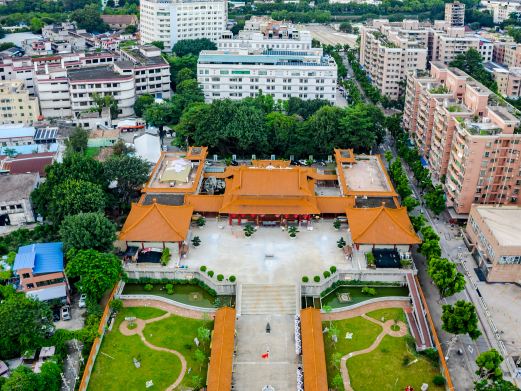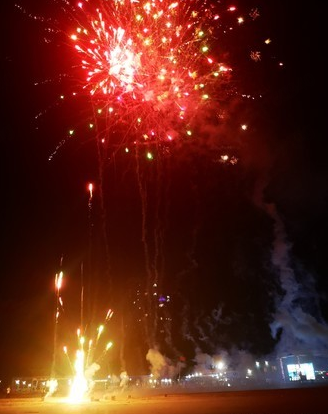Huli Mountain Fortress in Xiamen was originally constructed in 1894 (the 20th year of the Guangxu Emperor of the Qing Dynasty), covering a cultural relic protection area of approximately 55,400 square meters, with the fortress itself spanning 13,000 square meters. It is divided into the Battle Platform Area, Barracks Area, and Rear Mountain Area. The structure of the fortress is a combination of semi-fortified bunkers and city walls, blending European style with the architectural charm of China’s Ming and Qing dynasties.
As a product of China’s modern Westernization Movement, Huli Mountain Fortress is historically known as the ‘Gateway to the Eight Mins, Key to the South of the Sky’ due to its strategic location. The 28-ton Krupp cannon in the Battle Platform Area is the renowned ‘King of Cannons’ worldwide. It has been identified by the National Cultural Heritage Administration as ‘one of the existing 19th-century manufactured, complete rear-loading coastal cannons preserved at the original site of the fortress’ and has been included in the major heritage protection projects during China’s ‘Twelfth Five-Year Plan’ and the Shanghai Guinness World Record.

The iron mold cannon located in the Rear Mountain Area is a ‘unique legacy’ of modern China’s iron mold cannon casting method and is also a precious treasure of the fortress. As a beautiful business card and important window for Xiamen tourism, Huli Mountain Fortress has become a composite cultural tourism, leisure, and scenic area on Xiamen’s Ring Island Road, rich in cultural heritage, aesthetic value, and offering excellent sea-viewing spots due to its profound historical and humanistic value, unique coastal location, beautiful natural ecological scenery, and abundant tourism activities.

Every day at 10 a.m. and 4 p.m., except in special weather or force majeure situations, there is a performance of the Red Barbary Cannon Qing Soldier Drill at Huli Mountain Fortress (except in special weather or force majeure situations). The historical prototype of the Red Barbary Cannon Qing Soldier is the Eight Banners Army of the Qing Dynasty, specifically the Right Red Banner and the Right Yellow Banner’s ceremonial formations and cannon operation demonstrations. The content and form use background music, Eight Banners costumes, armor, sabers, war drums, and Azure Dragon flags to reenact the process of the Qing Dynasty’s Red Barbary cannon artillery drill and firing (with replica demonstration rounds).

Opening Hours: October 1st to May 31st from 08:00 to 17:30; June 1st to September 30th from 08:00 to 18:00; Chinese New Year’s Eve from 08:00 to 17:00; Chinese New Year from 08:00 to 18:00; Labor Day from 08:00 to 18:00; National Day from 08:00 to 18:00.
Service Facilities Parking Lot: Huli Mountain Fortress Parking Lot Reference Price: ¥5 per time Address: Huli Mountain Fortress, No. 2 Zengcuoan Road, Siming District, Xiamen City; Spaces: 50 WIFI: Account: HLSPTwifi; Password: No password required; Coverage: Full coverage Restrooms: There is 1 restroom in the scenic area, located near the parking lot with a conspicuous sign. Convenience Stores: There are 2 convenience stores on the island, one near the restroom area of the scenic area parking lot, and the other on the right side of the main entrance. Accessibility Services: Kindly note: Huli Mountain Fortress is a national key cultural relics protection unit. To protect the cultural relics, buildings, and roads and maintain their original historical appearance, some areas are not accessible. Please enter the scenic area from the east gate and refer to the green route indicated in the ‘Huli Mountain Fortress Scenic Area Accessibility Tour Map’ available at the ticket office. For assistance, please contact the on-site staff or call: 0592-2088313, we will be happy to serve you.









